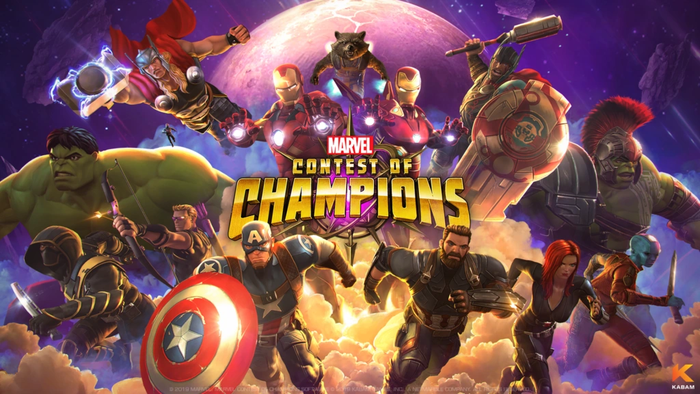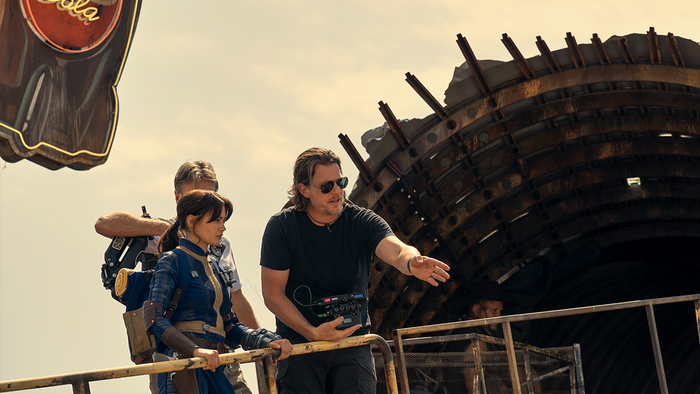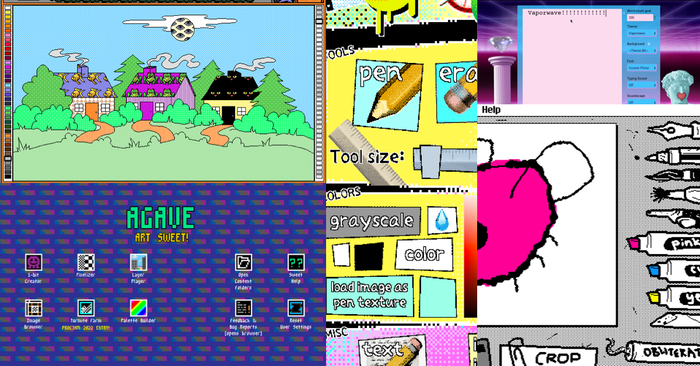Ubisoft creative director Jason VandenBerghe presents his research in translating human motivation models into game design decisions in this free GDC 2012 video lecture.

Ubisoft creative director Jason VandenBerghe presents his research in translating human motivation models into game design decisions in this free GDC 2012 video lecture. Courtesy of GDC Vault, VandenBerghe's hour-long lecture first introduces the pillars of the widely contributed to "Big 5" human motivation model: openness to experience, conscientiousness, extroversion, agreeableness, and neuroticism. He then correlates these to his own "5 Domains of Play," discussing how designing for novelty, challenge, external stimulation, harmony between players, and threat to trigger negative emotions can motivate and appeal to players. Session Name: The 5 Domains of Play: Applying Psychology's Big 5 Motivation Domains to Games Speaker(s): Jason VandenBerghe Company Name(s): Ubisoft Track / Format: Design Description:Over the last 20 years an often unobserved modern motivational psychology has coalesced around a system called "The Big 5" or OCEAN. Why should we care? Because unlike its predecessors, this one has a titanic landslide of repeatable, scientific evidence behind it. But how does it apply to games? The speaker has been collaborating with academics and industry colleagues to try and answer that problem - and we have found that we can, without difficulty, connect specific game elements directly to measurable Big 5 personality "facets". By doing this, we have uncovered a completely new way of looking at the motivations of play. The potential of this connection is broad: it guides the speaker's game design decision-making, it helps explain why particular games satisfy (or otherwise), it offers a statistical framework for playtest evaluation and shows us which audiences we have been missing out on.
About the GDC Vault
In addition to this presentation, the GDC Vault offers numerous other free videos, audio recordings, and slides from many of the recent GDC events, and the service offers even more members-only content for GDC Vault subscribers. Those who purchased All Access passes to events like GDC, GDC Europe, and GDC China already have full access to GDC Vault, and interested parties can apply for the individual subscriptions via a GDC Vault inquiry form. Group subscriptions are also available: game-related schools and development studios who sign up for GDC Vault Studio Subscriptions can receive access for their entire office or company. More information on this option is available via an online demonstration, and interested parties can find out more here. In addition, current subscribers with access issues can contact GDC Vault admins. Be sure to keep an eye on GDC Vault for even more new content, as GDC organizers will also archive videos, audio, and slides from other events like GDC China and GDC 2013. To stay abreast of all the latest updates to GDC Vault, be sure to check out the news feed on the official GDC website, or subscribe to updates via Twitter, Facebook, or RSS. Gamasutra and GDC are sibling organizations under parent UBM Tech.
About the Author(s)
You May Also Like








